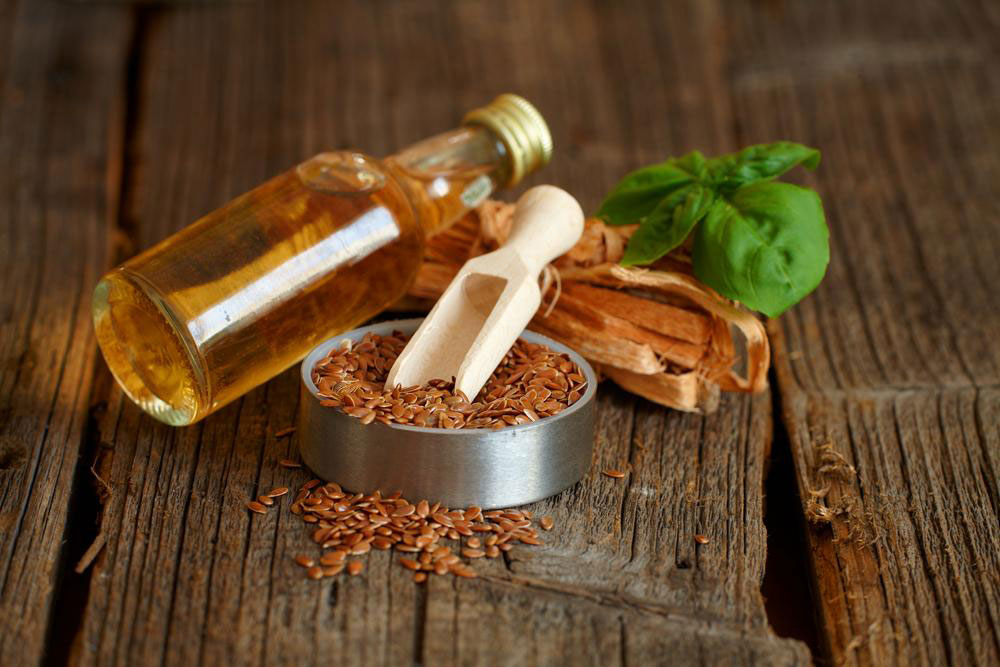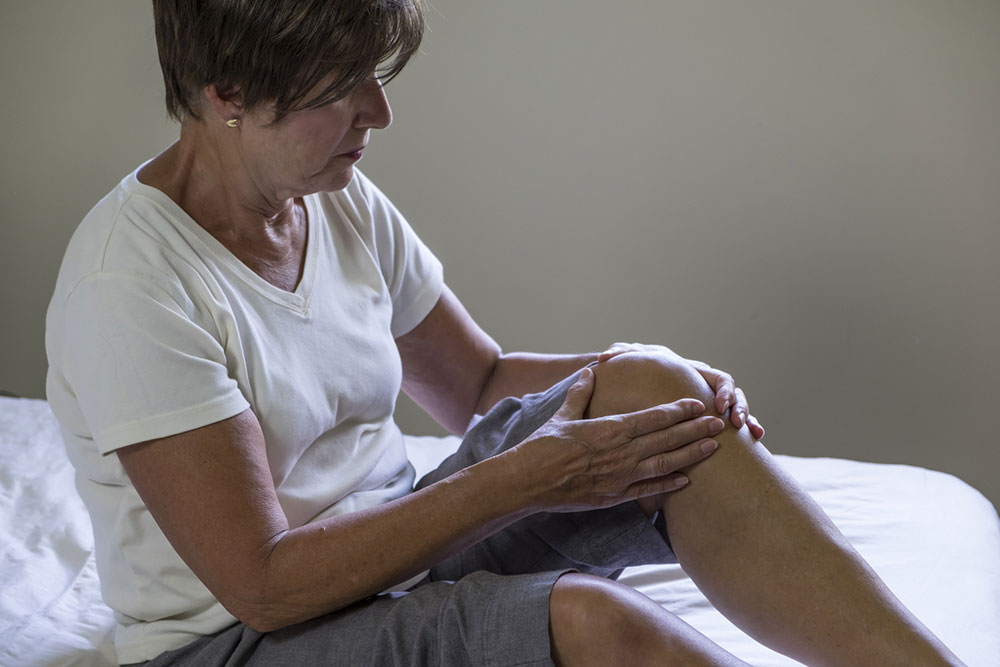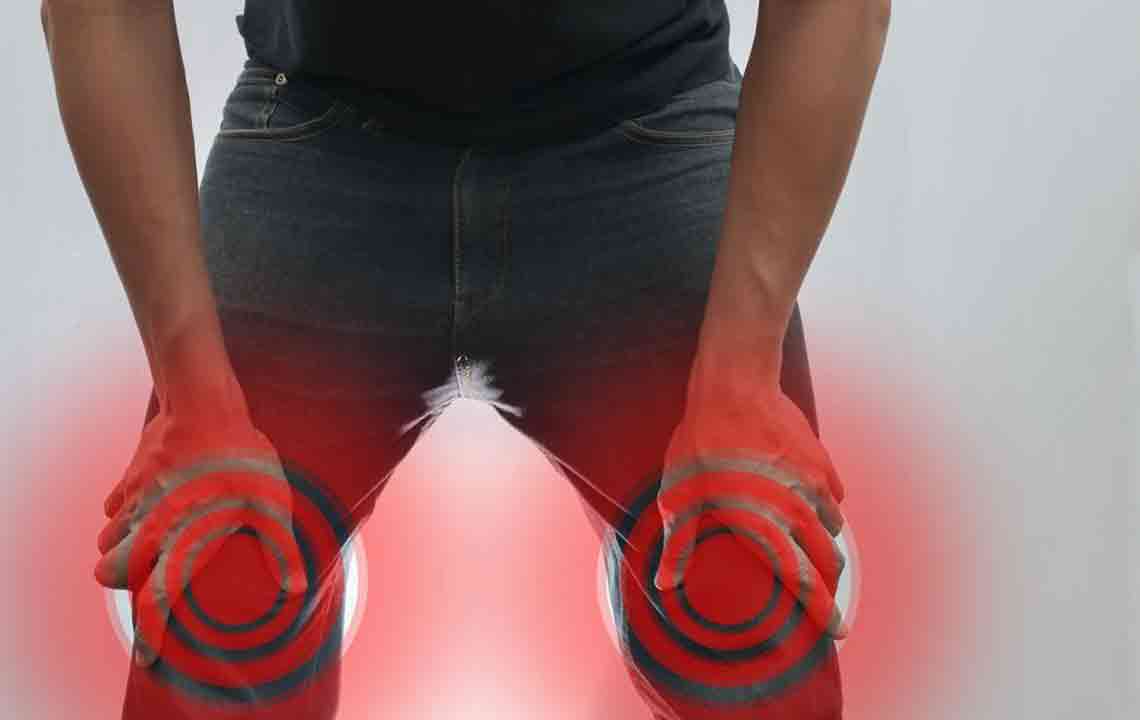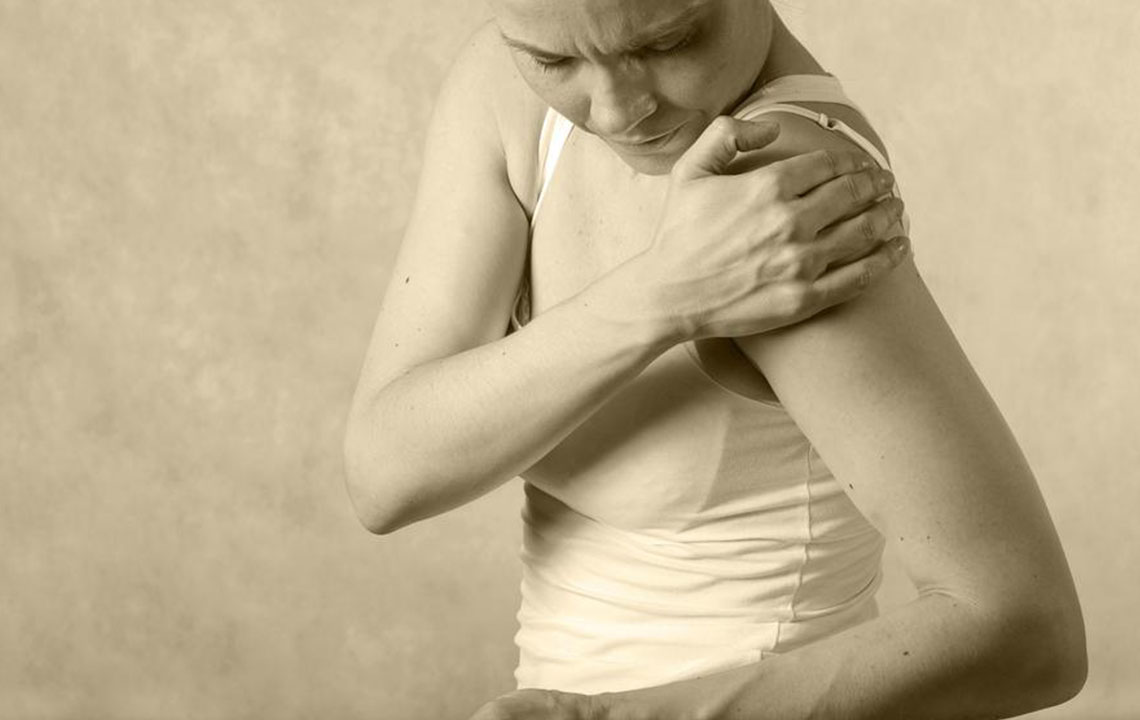Effective Natural Strategies to Alleviate Joint Pain and Discomfort
Discover over 1500 words on natural solutions to ease joint discomfort, including heat and cold therapy, strengthening exercises, proper posture, sunlight for vitamin D, aquatic workouts, yoga, and low-resistance cycling. This comprehensive guide provides practical tips for managing joint pain safely and effectively, emphasizing lifestyle changes and natural remedies to improve joint health and overall well-being.
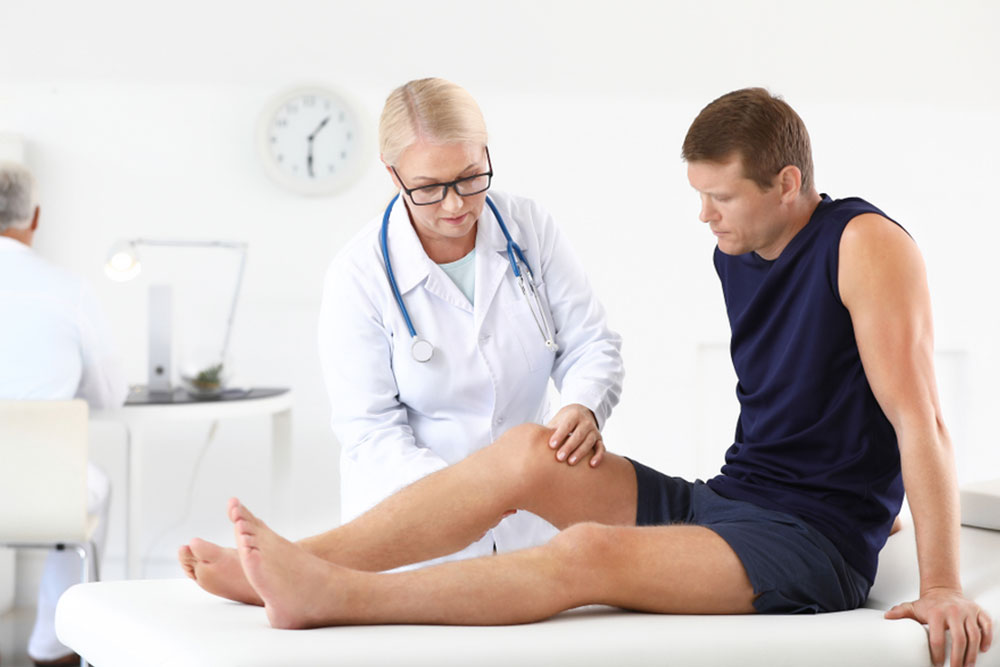
Effective Natural Strategies to Alleviate Joint Pain and Discomfort
Joint discomfort is a common health concern that can affect individuals of all ages, from teenagers to seniors. It can arise due to various causes such as physical strain, sports injuries, chronic conditions like arthritis, or other underlying health issues. Persistent joint pain can significantly impact quality of life, limiting mobility and daily functioning. Therefore, understanding natural remedies and lifestyle modifications to manage joint discomfort is essential. While consulting with healthcare providers is necessary for a comprehensive diagnosis and treatment plan, incorporating natural approaches can complement medical treatments and provide additional relief.
1. Alternating Use of Heat and Cold Therapy
One of the simplest yet most effective natural methods for reducing joint pain involves alternating between heat and cold applications. This method utilizes the body's natural response to temperature changes to soothe inflamed and painful joints. Warmth promotes increased blood circulation, helping to relax muscles and reduce stiffness, while cold therapy constricts blood vessels, limiting swelling and numbing sharp pain. Applying a warm compress or heating pad for 15 minutes followed by an ice pack or cold compress for the same interval can make a noticeable difference in symptom relief. It’s important to ensure each application does not exceed 15 minutes to avoid skin irritation. Repeating these cycles several times a day can provide ongoing relief for chronic or acute joint discomfort.
Regularly switching between heat and cold therapies helps soothe joint tissues by reducing inflammation and increasing blood flow. This natural approach is safe and cost-effective. Remember to wrap ice packs in a cloth to prevent frostbite and to apply heat carefully to avoid burns. Consistency in use can enhance joint health over time.
2. Engaging in Targeted Strengthening Exercises
Light, consistent exercises aimed at strengthening the muscles surrounding affected joints can significantly alleviate discomfort. Strengthening muscles helps support and stabilize joints, reducing the load and strain that can lead to pain. Endorphins released during physical activity also act as natural painkillers. Focus on gentle routines like quadriceps exercises for knee issues, or resistance training for elbows, tailored to individual needs. It’s essential to perform these exercises under guidance if necessary to avoid overexertion or injury. Regular activity not only eases pain but also improves joint mobility and overall functional capacity.
3. Correct Posture and Ergonomics
Poor posture can exert unnecessary pressure on joints, especially in the spine, hips, and knees, contributing to chronic pain. Maintaining proper posture during work, daily activities, and sleep is crucial for joint health. Ergonomic adjustments such as supportive chairs, proper desk height, and corrective footwear can reduce joint strain significantly. Consulting a physiotherapist or an ergonomics specialist can provide personalized advice on posture correction. Regularly paying attention to body mechanics helps prevent the progression of joint discomfort and promotes long-term joint health.
4. Sunlight Exposure to Boost Vitamin D Levels
Adequate sunlight exposure is vital for natural vitamin D synthesis in the skin. Vitamin D plays a key role in calcium absorption and bone health, which directly impacts joint integrity. Spending about 15 minutes outside in early morning or late afternoon sunlight several days a week can promote optimal vitamin D levels. This practice is particularly beneficial for individuals with a deficiency, which can exacerbate joint pain and inflammation. Always balance sun exposure with skin protection measures to prevent sunburn while reaping the benefits for joint health.
5. Low-Impact Aquatic Exercise: Swimming
Swimming is an excellent low-impact exercise that supports joint health by reducing stress on weight-bearing joints like knees and hips. The buoyancy of water supports the body's weight, easing pressure and preventing further joint damage. Regular swimming helps improve muscle strength, flexibility, and cardiovascular health, all of which contribute to decreased joint pain and stiffness. Start with short, gentle sessions focusing on relaxed movements, gradually increasing duration as tolerated. Combining swimming with other gentle exercises offers a comprehensive approach to managing joint discomfort naturally.
6. Incorporating Yoga for Flexibility and Mobility
Yoga combines gentle stretching, breathing techniques, and strengthening poses that enhance joint flexibility and reduce stiffness. Specific poses like child's pose, downward dog, and cat-cow are particularly beneficial for alleviating joint tightness. Practicing yoga regularly can also improve posture, reduce muscle tension, and promote mindfulness, which may help manage pain perception. It is advisable to learn yoga from certified instructors who can tailor routines to individual needs, ensuring safe practice and preventing further joint irritation.
7. Cycling with Low Resistance for Leg and Knee Strength
Stationary cycling is a safe and effective way to strengthen leg and knee muscles without excessive impact. Using low resistance settings and keeping sessions short and consistent helps build joint stability, improve circulation, and reduce stiffness. Avoid overexerting to prevent inflammation or aggravating existing discomfort. As strength increases, resistance can be gradually increased to enhance benefits further. This controlled form of exercise plays a vital role in maintaining joint health over the long term.

